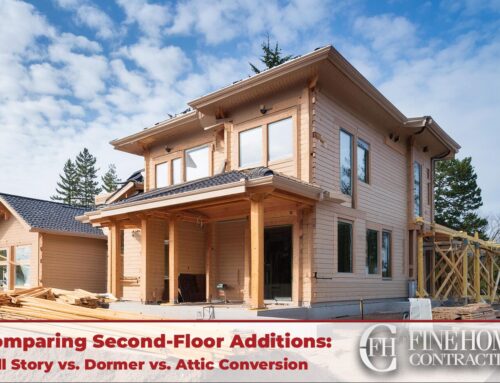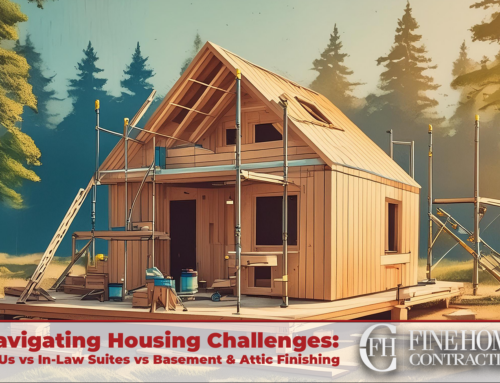In-law Addition in Southington CT?
An in-law addition, also known as an accessory dwelling unit (ADU), is a separate living space within or attached to a single-family home that can be used as a home for aging parents, adult children, or other family members. If you live in Southington, Connecticut and are considering creating an in-law addition, here are some steps to follow:
- Check local zoning laws: Before you start any construction project, it’s important to make sure that it is allowed by your local zoning laws. In Southington, you may need to obtain a special permit for an in-law addition, as well as meet certain requirements such as setbacks, height limits, and parking requirements. Contact the Southington Planning and Zoning Department for more information.
- Determine the size and location of the addition: Consider the size and location of the addition based on your needs and the layout of your property. You’ll also need to consider factors such as privacy, accessibility, and how the addition will fit with the rest of the house.
- Hire an architect or designer: An architect or designer can help you create a design for the in-law addition that meets your needs and complies with local building codes. They can also help you with the construction documents and building permit process.
- Find a contractor: Once you have a design and construction documents, you’ll need to find a contractor to build the in-law addition. Look for contractors who have experience building ADUs and get multiple bids to ensure you are getting a fair price.
- Obtain a building permit: Before starting construction, you’ll need to obtain a building permit from the Southington Building Department. This will require submitting your construction documents and paying a fee.
- Build the in-law addition: Once you have all the necessary approvals and permits, you can begin construction on the in-law addition. This will typically involve foundation work, framing, electrical and plumbing work, and finishes.
- Finishing touches: Once the construction is complete, you’ll need to add the finishing touches such as paint, flooring, fixtures, and appliances. You may also need to install landscaping and other outdoor features.
Creating an in-law addition can be a complex and time-consuming process, but it can also be a rewarding way to provide a comfortable and independent living space for your loved ones.







